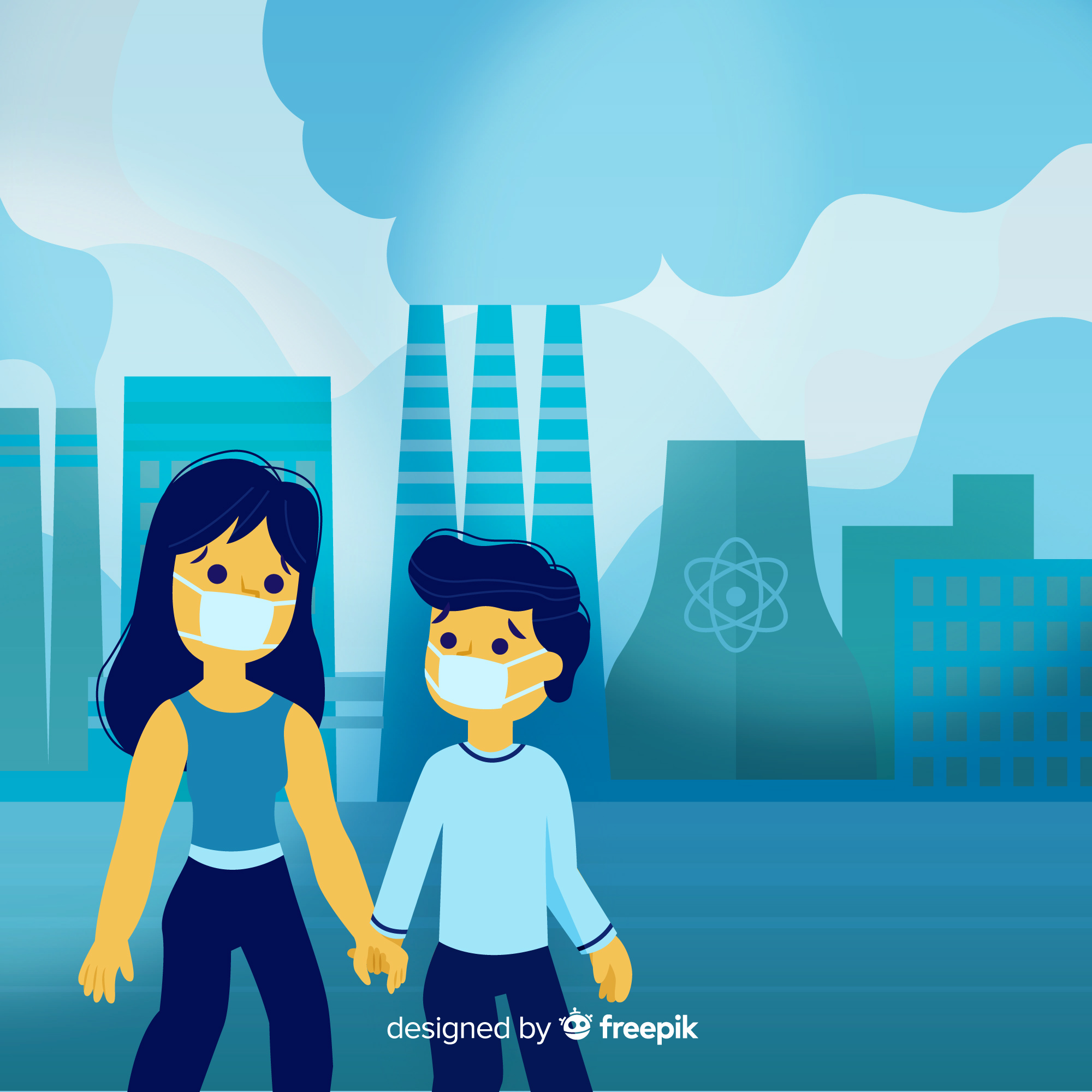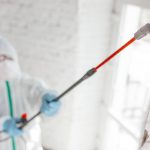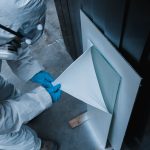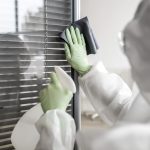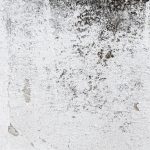
Indoor air quality is a topic many overlook, but it has a major impact on health, especially for those of us living in Southwest Florida cities like Naples, Fort Myers, Cape Coral, and Bonita Springs. We spend most of our time indoors, yet may not realize that the air within our homes can harbor pollutants just as harmful, if not more so, than those found outdoors. Understanding what pollutants could be lingering in your home’s air—and the health risks they bring—can empower you to take steps toward a healthier, cleaner living environment.
The Impact of Indoor Pollutants on Health
The air in our homes can carry a surprising array of pollutants, from chemicals released by household products to allergens that trigger respiratory issues. Indoor air pollution can lead to both short-term symptoms like headaches and allergies and long-term health problems, including respiratory diseases and heart conditions. In humid climates like Southwest Florida, certain pollutants can also build up quickly, compounding the health risks.
1. Mold Spores
Mold spores are a common indoor pollutant in humid regions like Fort Myers and Cape Coral. Mold grows in damp, warm environments, and as it develops, it releases tiny spores that can become airborne and circulate through your home.
- Health Risks: Mold spores can trigger allergies and respiratory issues, especially in individuals with asthma. Symptoms may include sneezing, coughing, nasal congestion, and even more severe reactions in people with compromised immune systems.
- Solution: Regular inspections and humidity control are essential. Keeping indoor humidity below 60% can help prevent mold growth, and dehumidifiers are particularly helpful in mold-prone areas like Naples.
2. Dust and Dust Mites
Dust accumulates quickly in homes, and with it comes dust mites—microscopic organisms that thrive in warm, humid environments. Southwest Florida’s humid climate makes homes here especially prone to dust mites, which live in bedding, upholstery, and carpets.
- Health Risks: Dust mites are a common allergen, and their waste products can cause asthma, sneezing, and other respiratory problems. They are also a common trigger for eczema and other skin irritations.
- Solution: Regular vacuuming with a HEPA filter, washing bedding in hot water, and keeping humidity levels low can help reduce dust mites in your home.
3. Volatile Organic Compounds (VOCs)
Volatile organic compounds (VOCs) are chemicals emitted from household products like paints, cleaning supplies, air fresheners, and even some furniture. VOCs are more concentrated indoors, especially in well-sealed homes with limited ventilation.
- Health Risks: Short-term exposure to VOCs can cause eye, nose, and throat irritation, headaches, and dizziness. Long-term exposure may be linked to more serious health issues, including liver and kidney damage, respiratory problems, and even cancer.
- Solution: Opt for low-VOC or VOC-free products, and improve ventilation by opening windows or using exhaust fans when using products that emit VOCs.
4. Pet Dander
Many Southwest Florida residents have pets, which can lead to an increase in pet dander, or tiny flakes of skin that animals shed. Pet dander can cling to clothing, furniture, and other surfaces, and can become airborne, especially in homes with carpeting or upholstery.
- Health Risks: Pet dander can trigger asthma attacks, allergic reactions, and respiratory symptoms. People with allergies to cats or dogs are particularly sensitive to pet dander, but it can affect anyone with respiratory issues.
- Solution: Regular grooming, frequent cleaning, and using an air purifier can help manage pet dander. For homes with multiple pets, HEPA filters in HVAC systems can make a big difference in air quality.
5. Pollen
Pollen from local plants can enter homes through open windows and doors or on clothes and shoes. In areas like Cape Coral and Bonita Springs, pollen levels can be high during certain seasons, which can lead to a build-up of pollen indoors.
- Health Risks: Pollen is a common allergen that can cause sneezing, itchy eyes, and respiratory discomfort. For individuals with asthma, high pollen exposure can worsen symptoms.
- Solution: Keep windows closed during high-pollen seasons, use a HEPA filter in your vacuum, and change clothes after spending time outdoors to reduce pollen exposure indoors.
6. Carbon Monoxide (CO)
Carbon monoxide (CO) is an odorless, colorless gas produced by incomplete combustion in gas appliances, such as stoves, water heaters, and furnaces. Poor ventilation can lead to CO buildup indoors, especially in homes with older appliances.
- Health Risks: Carbon monoxide poisoning can be life-threatening. Low-level exposure can cause headaches, nausea, and dizziness, while high levels can lead to confusion, loss of consciousness, and even death.
- Solution: Install carbon monoxide detectors near sleeping areas and regularly check appliances for leaks. Ensure proper ventilation when using gas appliances and avoid using gas stoves for heating.
7. Radon
Radon is a radioactive gas that can seep into homes through cracks in the foundation. It is colorless and odorless, and in some regions, it’s one of the leading causes of lung cancer after smoking.
- Health Risks: Prolonged exposure to radon increases the risk of lung cancer. The risk is particularly high for smokers exposed to radon.
- Solution: Conduct a radon test, especially if you live in an older home or are near areas where radon is prevalent. If radon levels are high, a professional can install a mitigation system to vent radon gas outside your home.
8. Cigarette Smoke and Secondhand Smoke
Cigarette smoke, even secondhand smoke, can drastically reduce indoor air quality. In addition to affecting those who smoke, secondhand smoke can harm anyone in the vicinity, including children and pets.
- Health Risks: Exposure to cigarette smoke increases the risk of respiratory infections, asthma attacks, and long-term conditions such as lung cancer and heart disease.
- Solution: The best approach is to avoid smoking indoors. If smoking indoors is unavoidable, using air purifiers and improving ventilation can help, though it’s not a complete solution to eliminate the risks.
Improving Indoor Air Quality in Southwest Florida
Considering the potential health risks associated with poor indoor air quality, taking steps to improve the air in your home can make a significant difference in your family’s well-being.
Practical Steps to Reduce Indoor Pollutants
- Ventilate Regularly: Use exhaust fans in kitchens and bathrooms, and consider opening windows on days with lower humidity.
- Invest in Air Purifiers: Air purifiers with HEPA filters can capture particles like dust, pet dander, and mold spores, improving IAQ.
- Control Humidity: Use dehumidifiers to keep humidity levels below 60%, which reduces mold growth and dust mites.
- Use Low-VOC Products: Choose low-VOC paints, cleaning supplies, and furniture to limit VOC exposure.
QCI Online: Indoor Air Quality Experts in Southwest Florida
For residents of Naples, Fort Myers, Cape Coral, Bonita Springs, and nearby areas, QCI Online offers professional indoor air quality services, from mold inspections and remediation to air quality assessments. Our team provides personalized solutions to help Southwest Florida homeowners improve and maintain healthier indoor environments.
Taking proactive steps to improve IAQ and managing common pollutants is a vital part of protecting your health and creating a safe, comfortable home in Southwest Florida.


